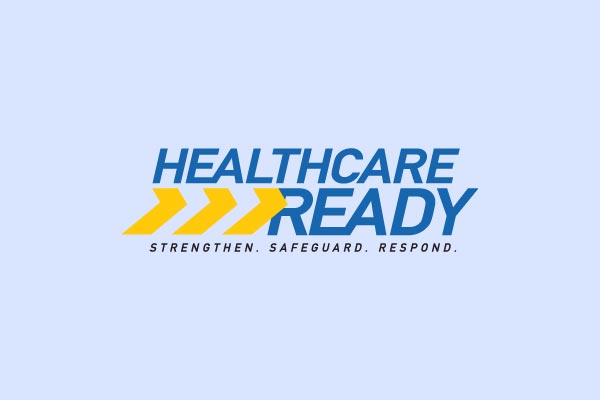Public Sector Readiness
ISSUE AREA:
PUBLIC SECTOR READINESS
Ensuring the Public Sector is engaged and planning for the next disaster to affect your access to healthcare.
Public Readiness is at the forefront of Healthcare Ready’s mission.
For the past 15 years, Healthcare Ready has worked with local governments, private industry, and federal partners to prepare vulnerable communities to be able to respond to and recover from natural disasters that are on the rise. We shore up the resilience of individuals, regardless of their socio-economic status, so they can swiftly respond to, recover from, and restore normalcy following these unplanned events.
A major natural disaster, pandemic, or act of terrorism has the potential to disrupt the normal flow of healthcare supply chains. Loss of access to medication and medical supplies can negatively impact patient well-being and continuity of care, particularly in economically vulnerable patients and those with chronic conditions. Every minute of every day, Healthcare Ready works with contacts across the board, including the government and others in the public sector, to ensure that citizens are educated on how to prepare — and remain safe—during an unscheduled disaster.
PAHPAIA
The Protecting National Public Health Care Infrastructure for the Next Disaster Report (PAJPAIA), submitted by Healthcare Ready to Congress, calls for increased funding for various public health preparedness and response programs. Its primary goal is to empower local jurisdictions, public health agencies, and federal programs to effectively engage with communities and incorporate equity considerations into their work. The report provides specific recommendations to Congress and federal agencies, drawing insights from an evaluation initiated in 2019, which includes lessons learned from the COVID-19 pandemic and previous public health crises.
The report underscores the importance of improving communication and coordination among all stakeholders involved in preparedness and response, enhancing accountability through goal-setting and transparent monitoring, and applying an equity lens to public health and healthcare preparedness by engaging communities, addressing social determinants of health, and conducting research. Additionally, the report emphasizes the need for increased federal funding to bolster preparedness and response capabilities, building a resilient system that serves all Americans, especially those most vulnerable to disaster impacts by improving post-disaster outcomes.
These recommendations aim to fortify the nation’s readiness and health security against future public health threats, building on advancements made since the 2013 Pandemic and All-Hazards Preparedness Reauthorization Act. The report was developed by Healthcare Ready under a cooperative agreement with the Administration for Strategic Preparedness and Response (ASPR) at HHS, as mandated by the Pandemic and All-Hazards Preparedness and Advancing Innovation Act of 2019 (Public Law No. 116-22).


